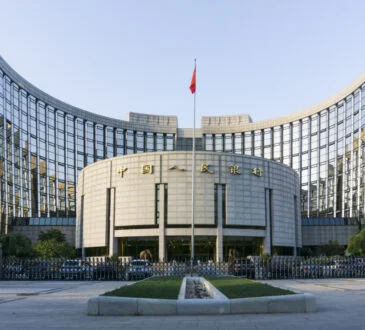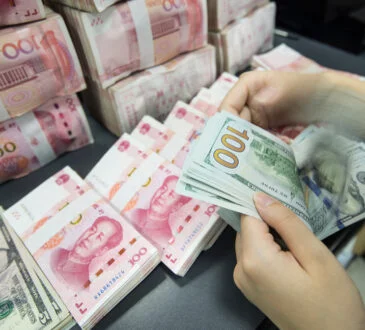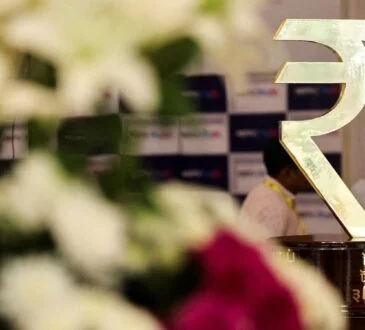Be careful. We could be in a particularly high-risk window.

Source: shisu_ka / Shutterstock.com
The yen has been surging quietly here. While global markets have yet to respond, I believe they will soon, and violently.
Unexpectedly weak inflation numbers for the U.S. economy sparked the recent rally. When the last Consumer Price Index came in at its lowest reading in more than three years, the data sent capital fleeing from the greenback as the yen jumped sharply against it.
At the same time, there is growing speculation that the Bank of Japan (BOJ) will hike rates and continue its less-dovish stance to stem a retest of the lows in the yen. This is where things get interesting. If the Federal Reserve is about to enter a cutting cycle at the same time the Bank of Japan is trying to bolster the yen in the currency markets, we could witness a significant short covering rally in the yen. This could last several weeks beyond the move we’ve already seen.
A sustained rally in the yen could become the precursor for the reverse carry trade thesis I’ve had since August of last year. To recap: borrowers who got their leverage from Japan deployed that capital to riskier parts of the global marketplace, because that financing was essentially free. A depreciating yen benefited those borrowers because it meant they would repay that liability in cheaper currency.
However, as the yen strengthens and gets more expensive, some of those levered players will sell the assets they bought on margin with that borrowed yen debt. This is so they can stem the bleeding from the currency conversion side and pay off that Japanese loan. Should this play out among many players at once, we will finally have that volatility event and global margin call.
A Compelling Case to Hike Rates
The big yen surge has made the BOJ monetary policy decisions a bit more complicated. Beforehand, most analysts believed that a rate hike was imminent, perhaps as early as this week, to shore up weakness in the yen. However, the currency’s sudden strength could give the BOJ more time to wait, maybe pushing that first rate hike back to, say, later this quarter or in Q4. But even if that were to happen, currency traders may front-run any actions by the BOJ. This in turn makes the appreciating yen and reverse carry trade a potentially self-reinforcing cycle driven not by BOJ actions but by BOJ expectations.
Still, there is a compelling case for the BOJ to hike rates in July if reversing yen weakness really is its main objective and to “lock in” the move in the yen. This means the yen won’t retest the lows like it did when they first intervened a couple of months ago. A hike could signal a commitment to underpinning the currency if yen weakness is seen as inflationary. It might help to forestall large-scale depreciations in the future. And again – the risk is that a hike could lead to a frantic selloff of yen-funded investments if the yen borrowing cost were to rise sharply.
Bottom line? We’ll see. But I think this could be another window where the risk is far more elevated short term than most realize. The key trigger to watch will be persistent yen strength that forces liquidations. If that happens, then the global margin call becomes ever more likely.





